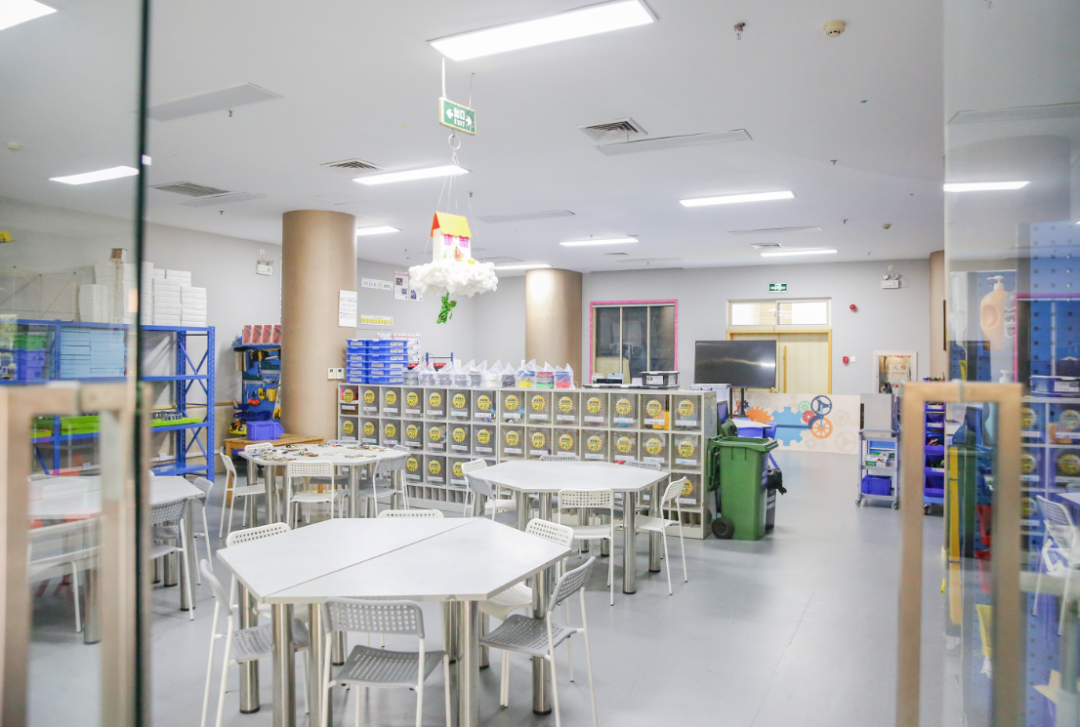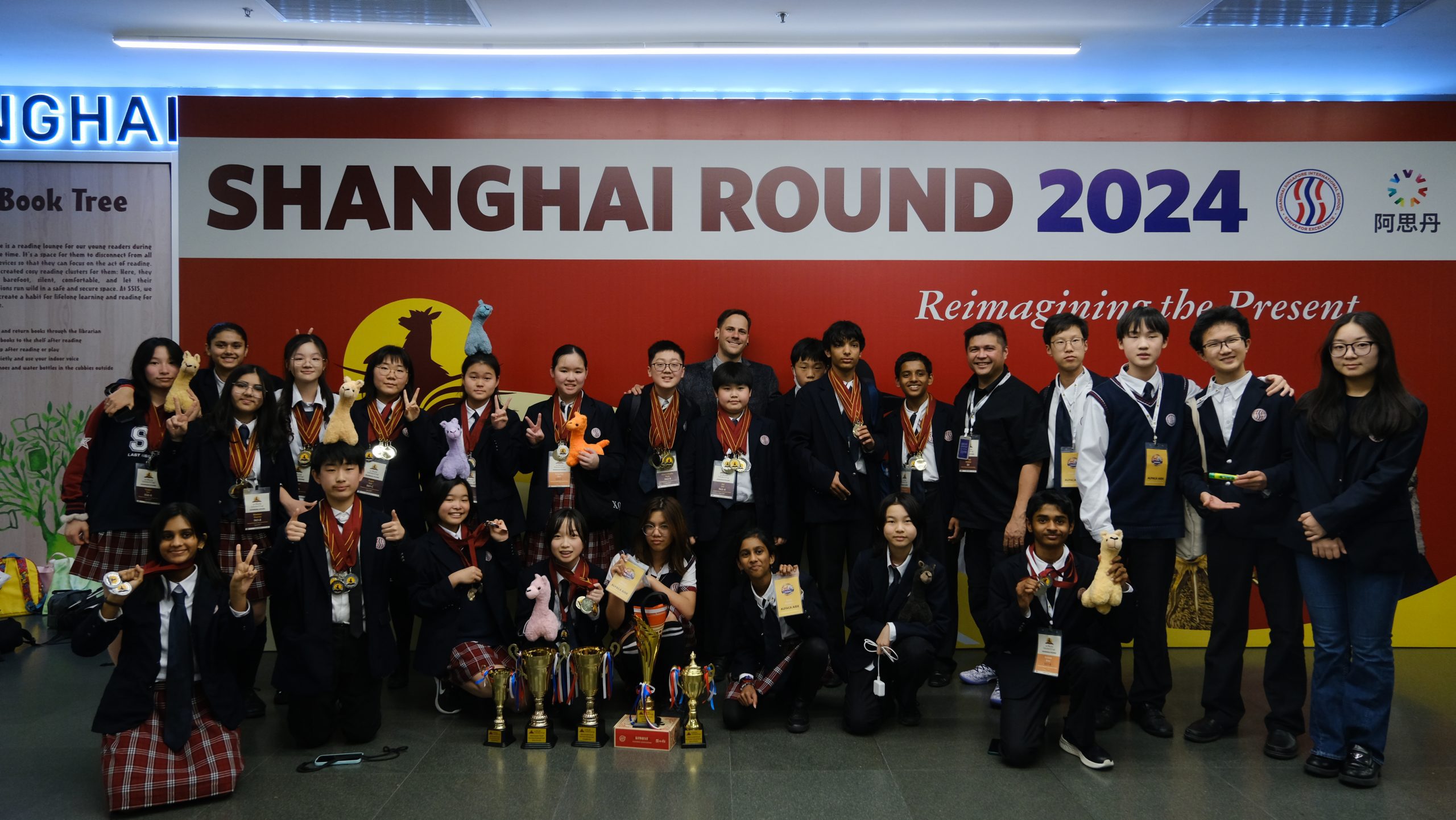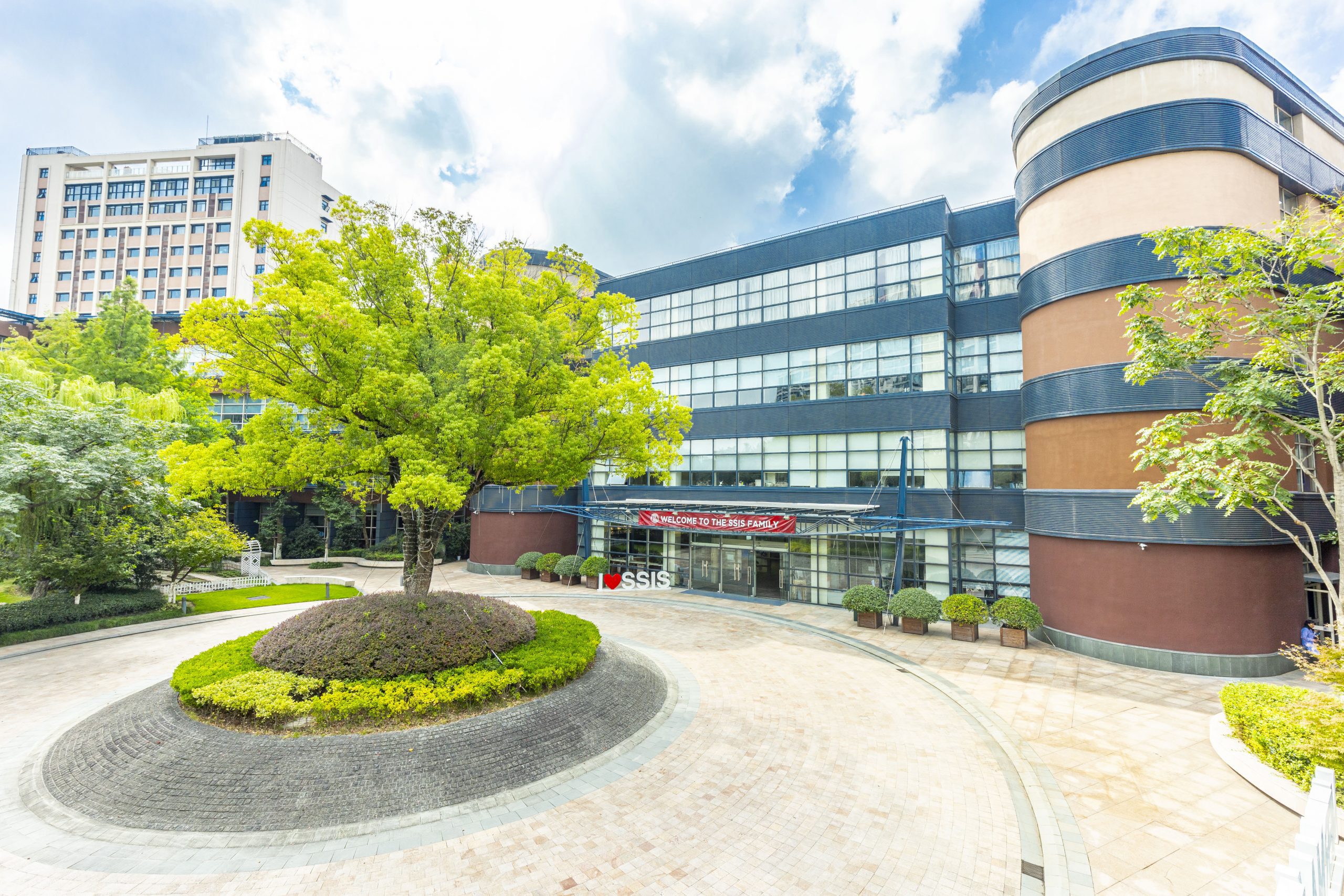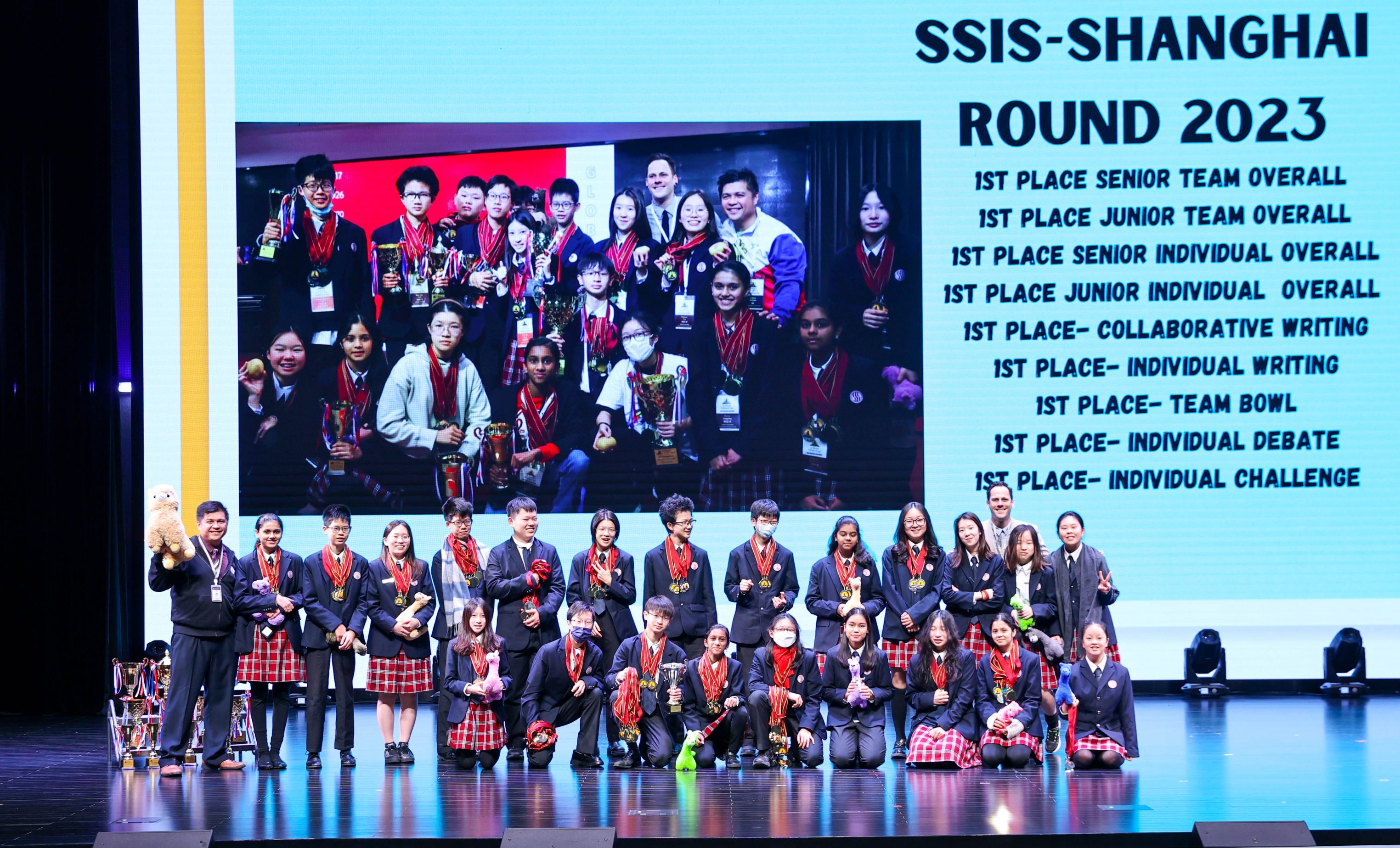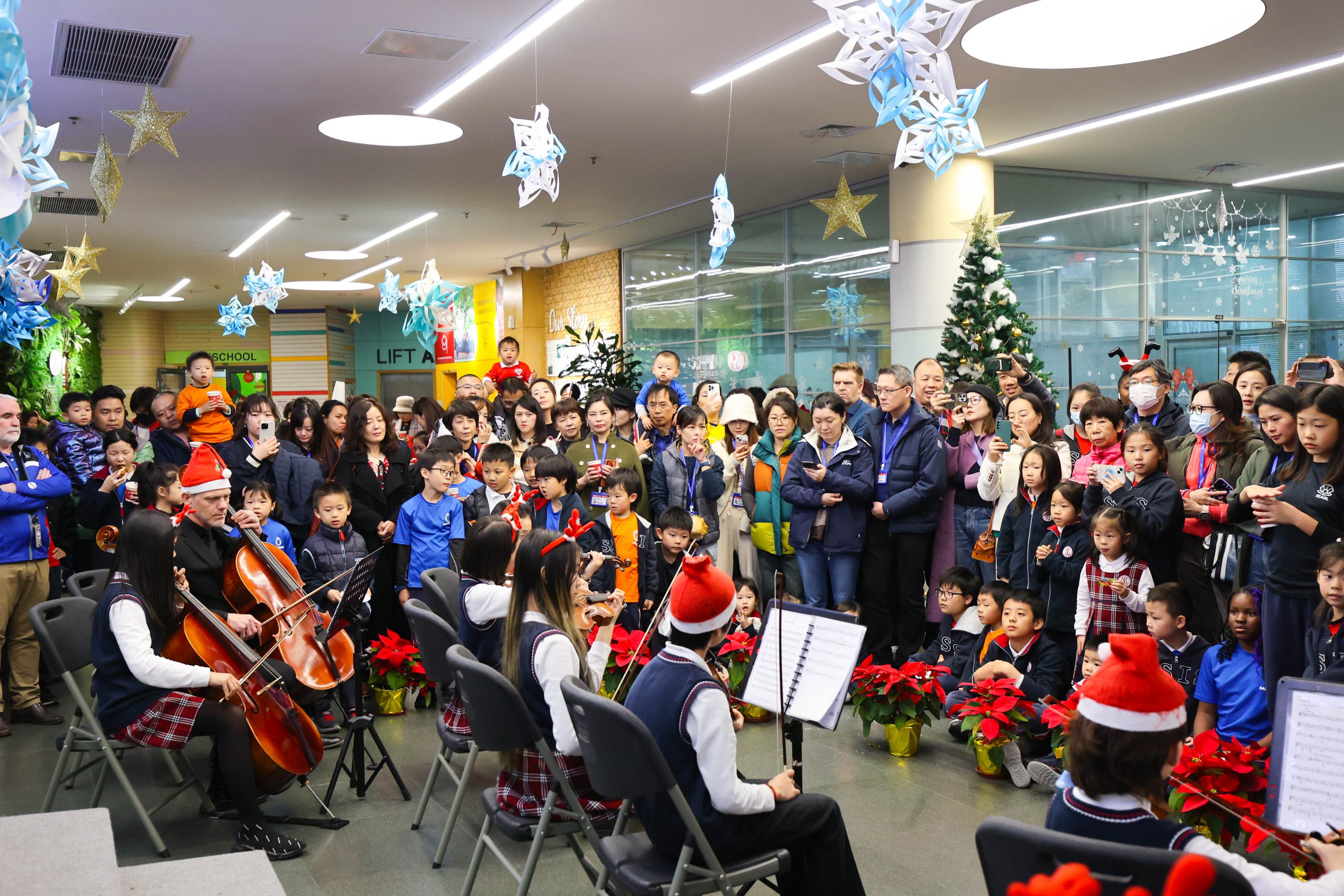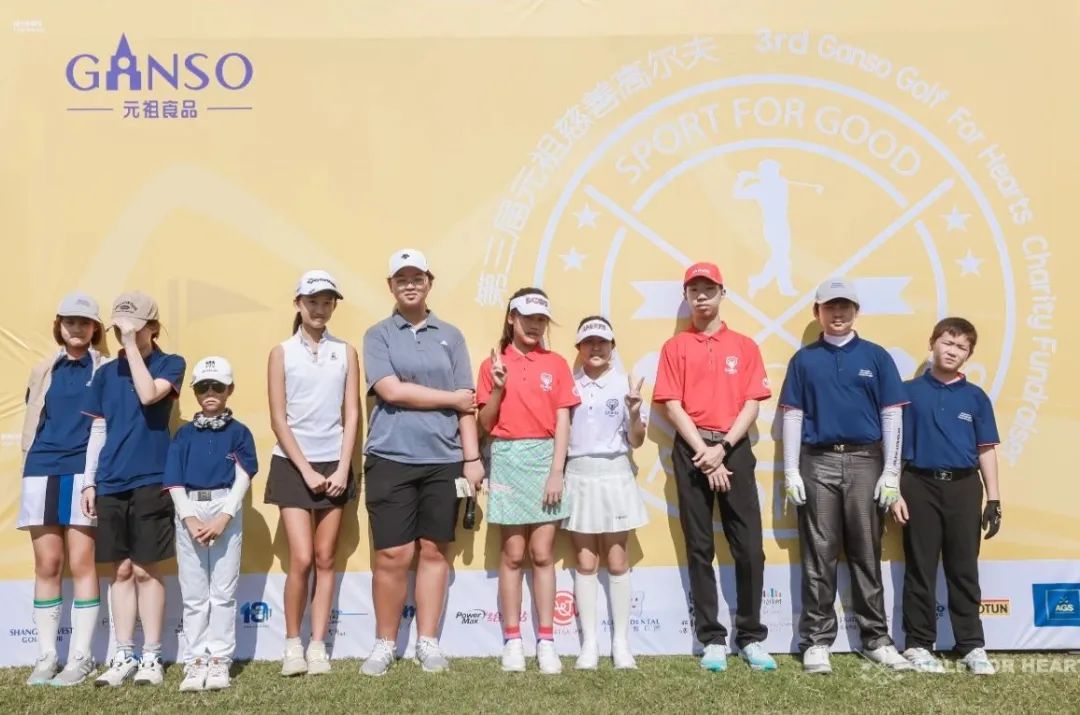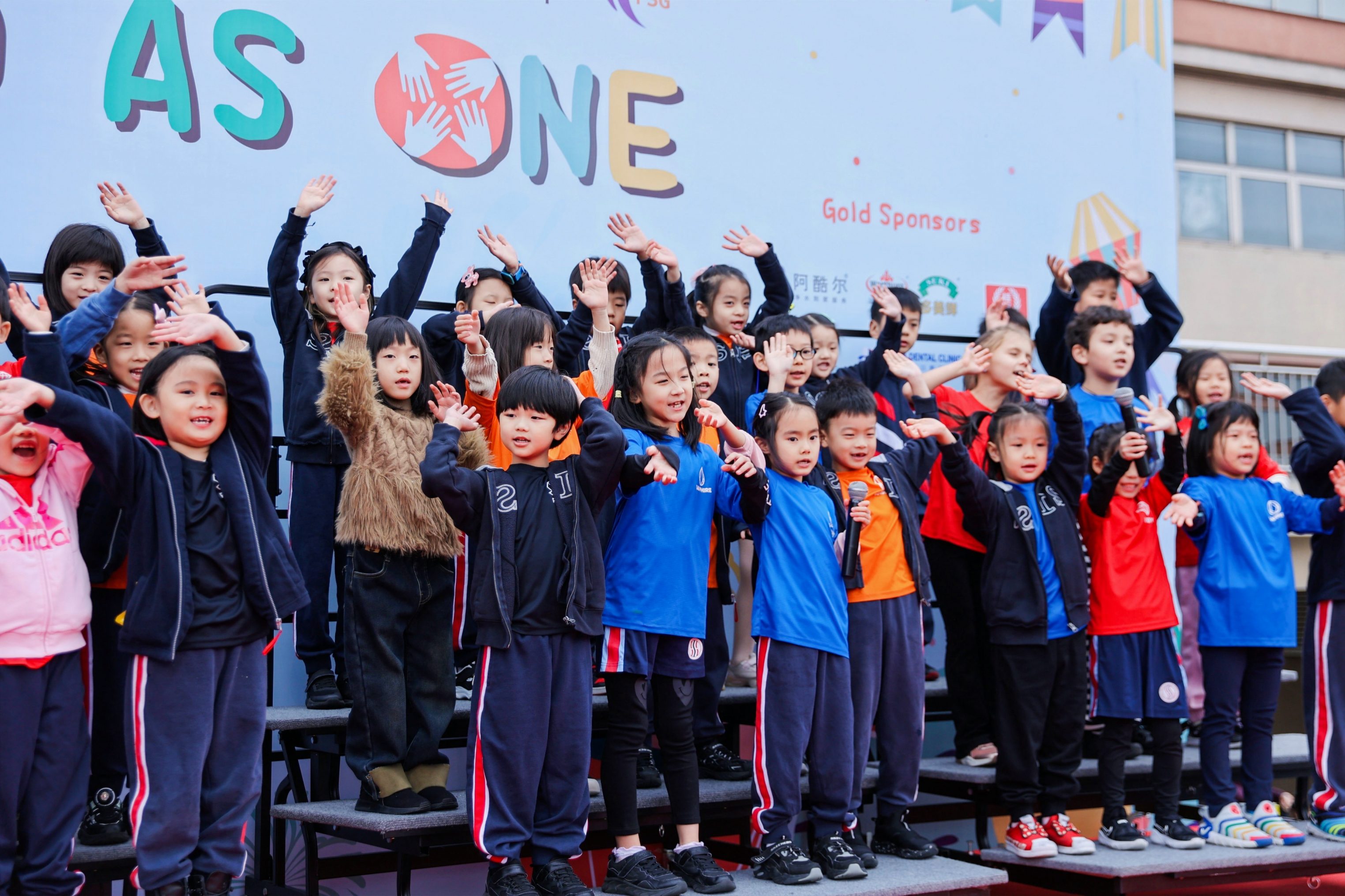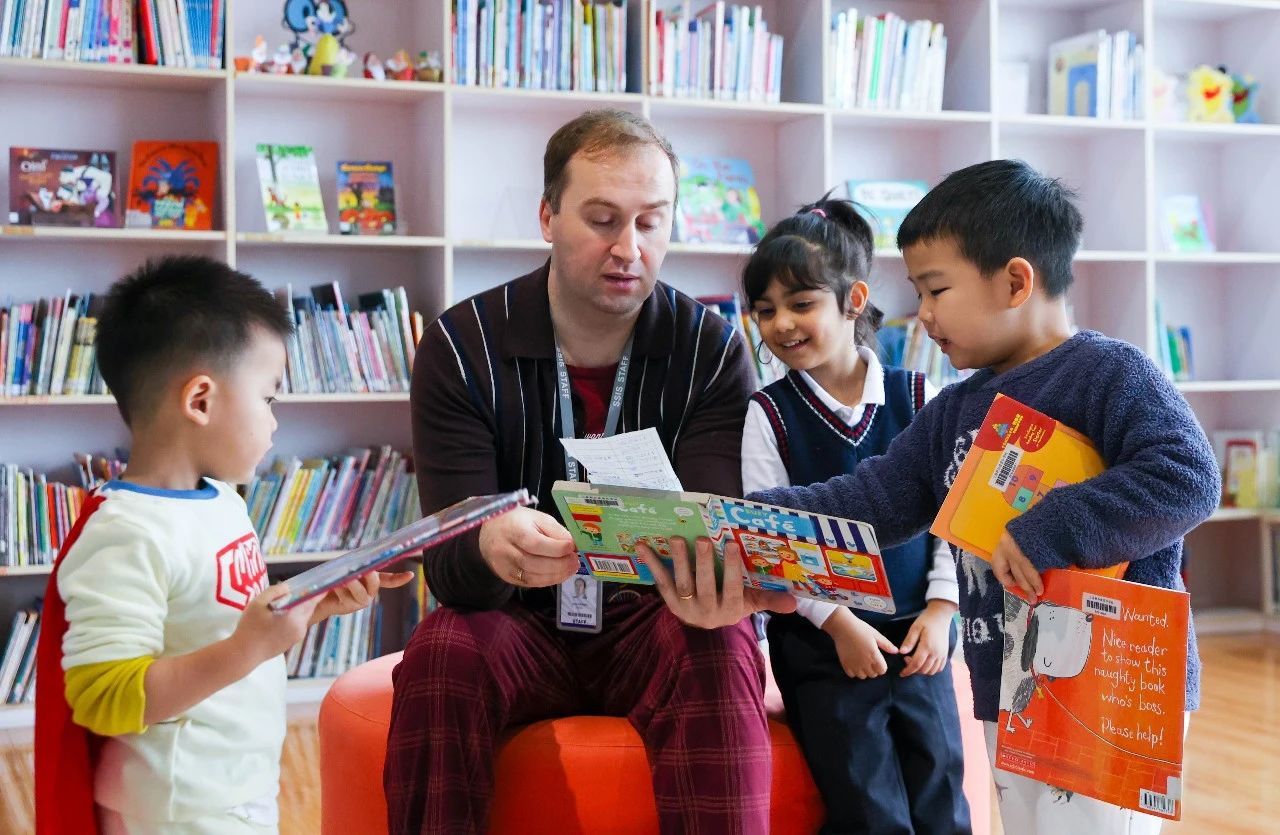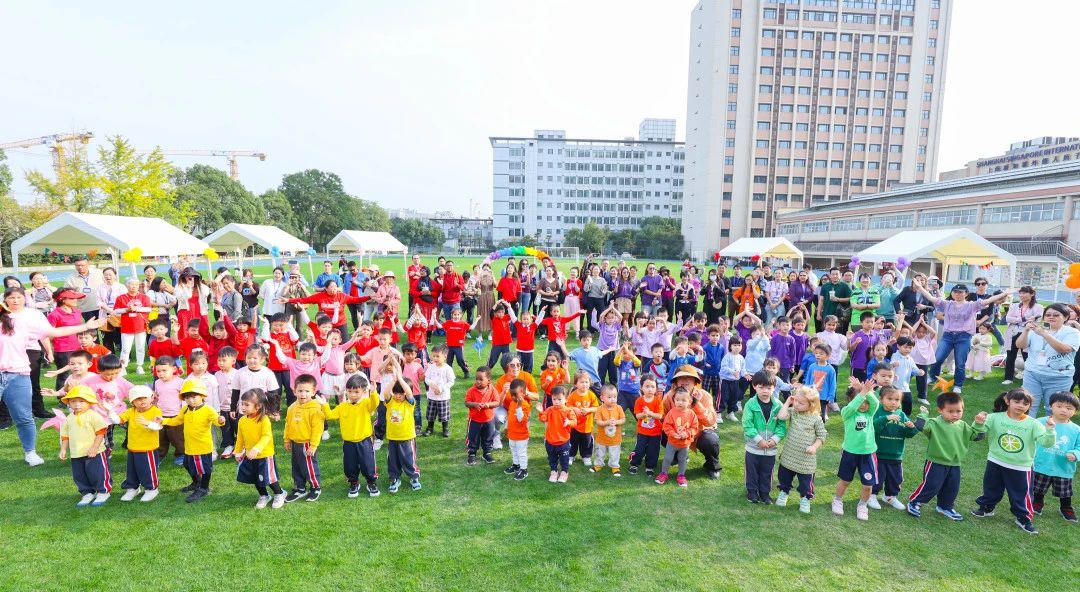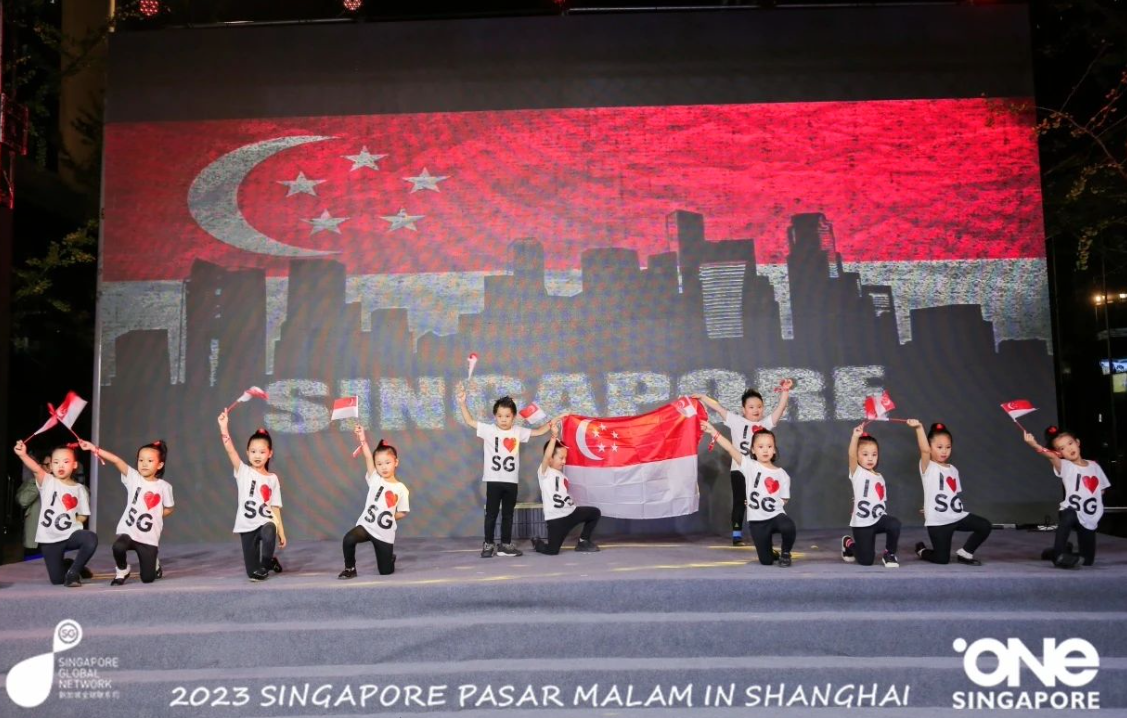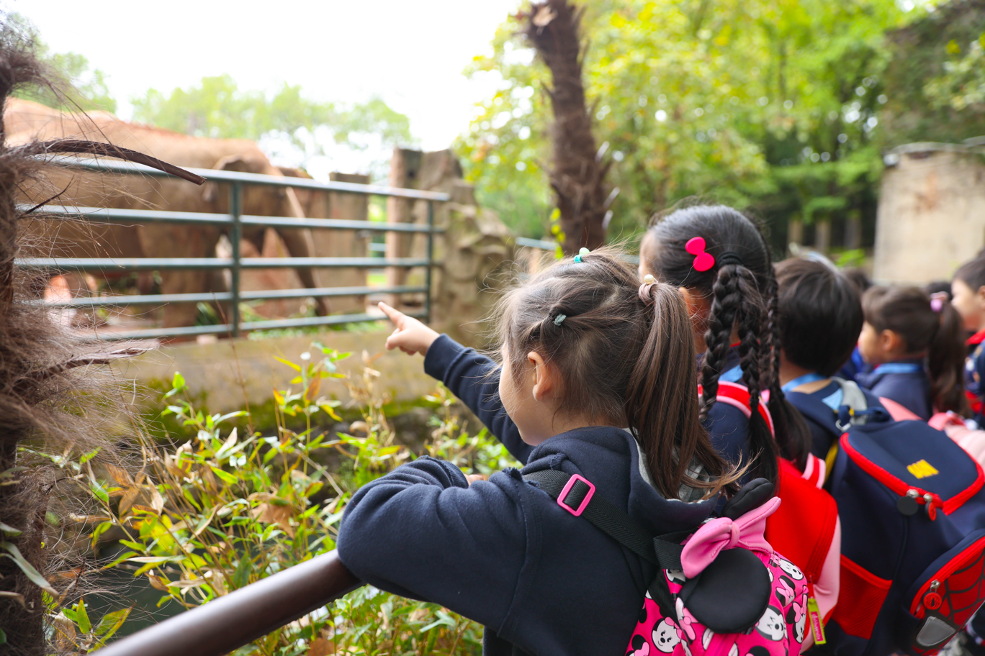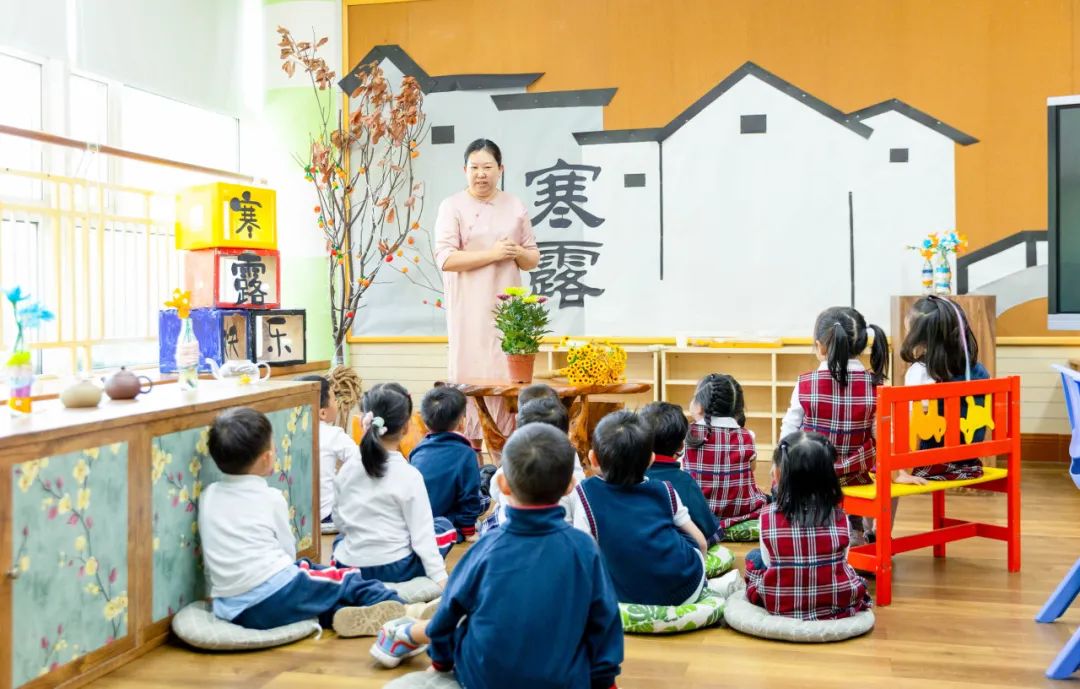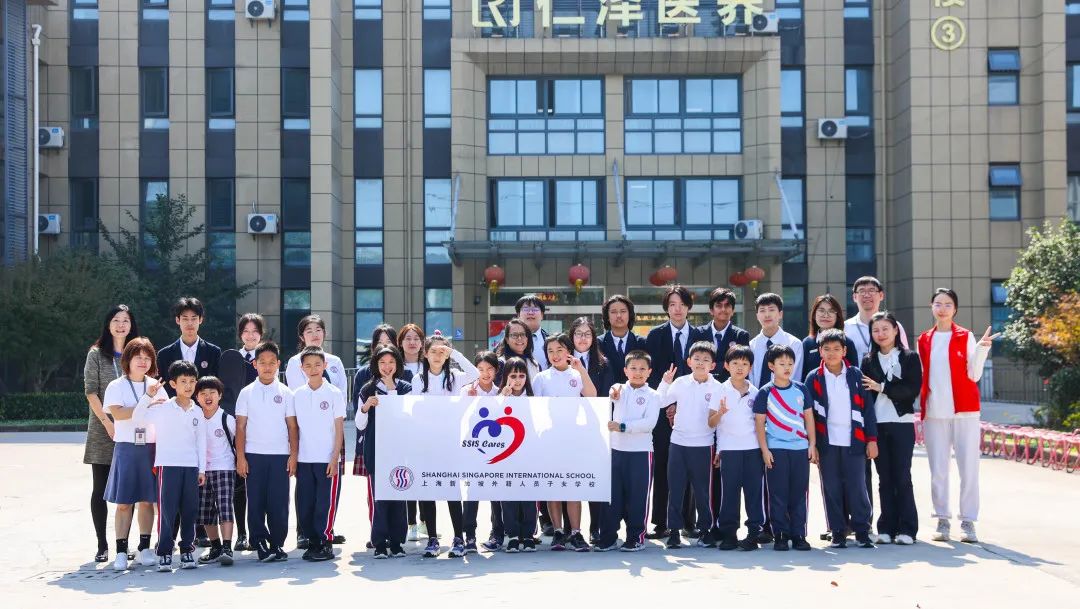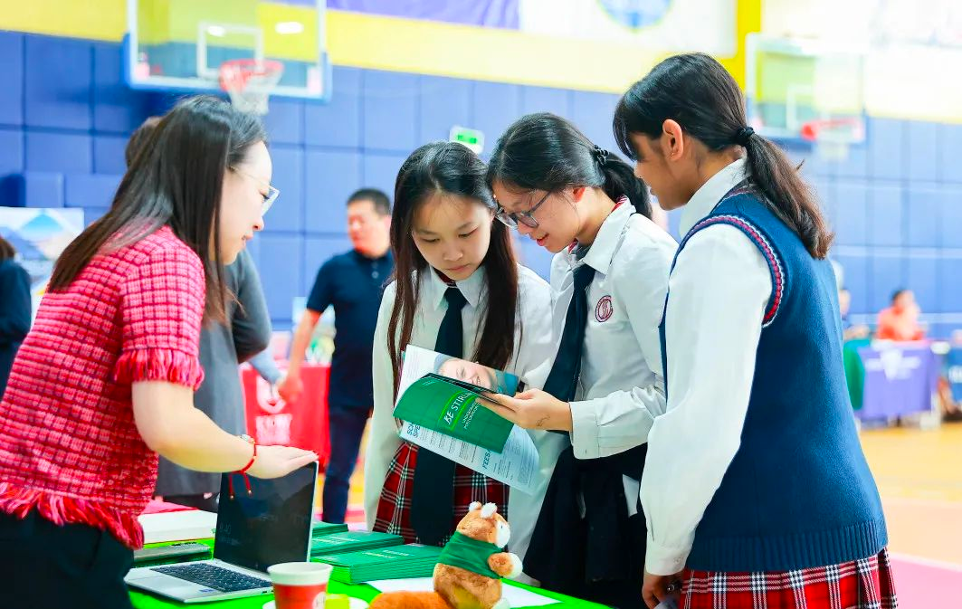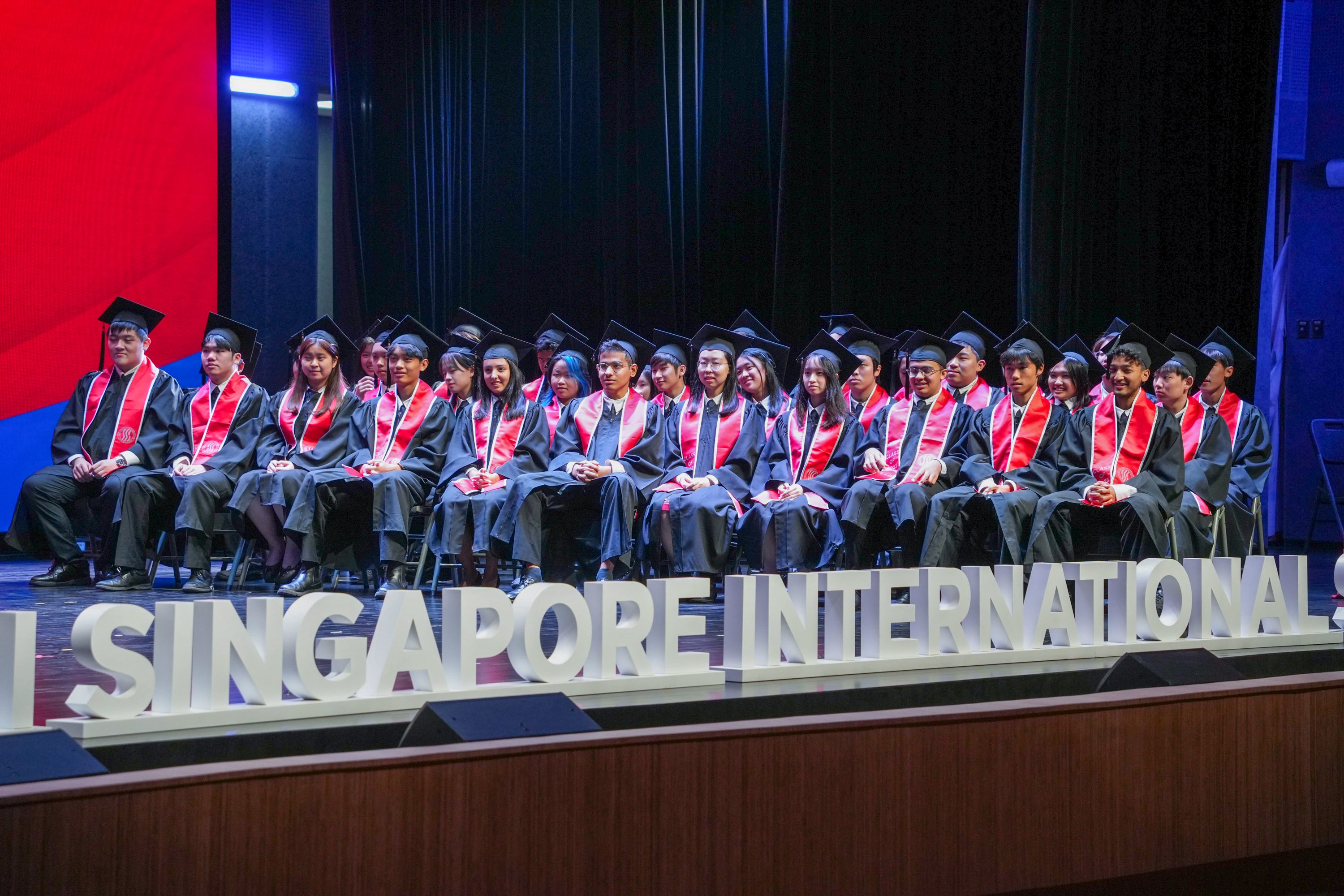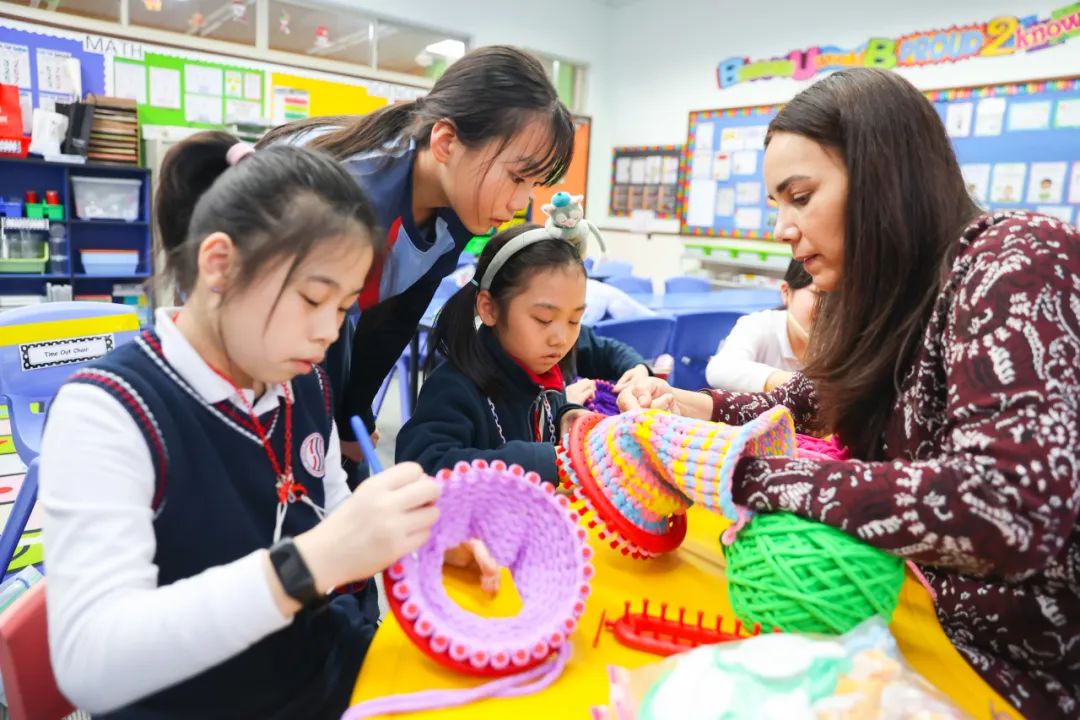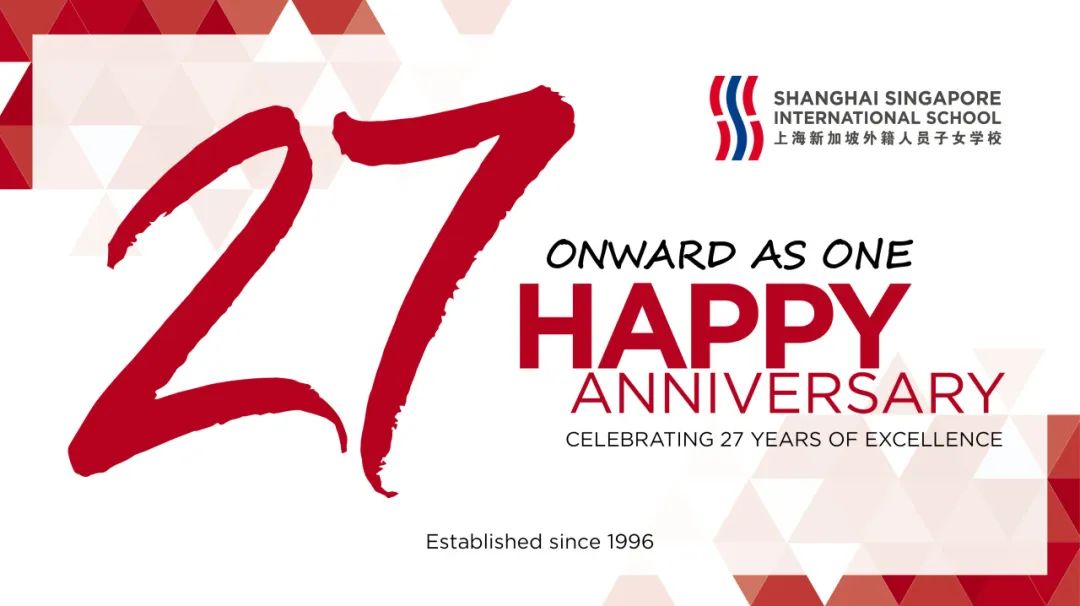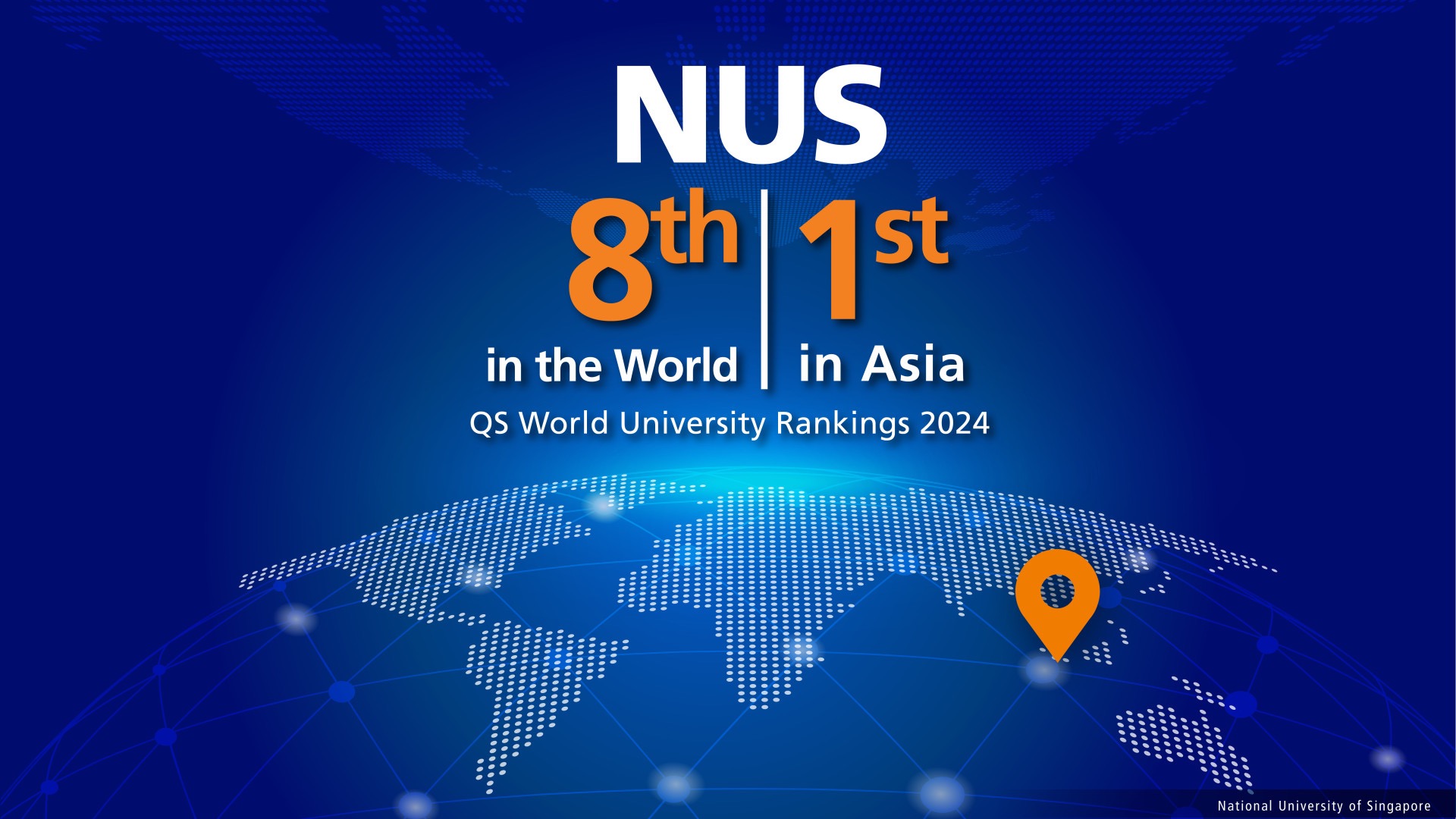“Innovation is not a spark; it is a collaborative journey of work, trust, freedom to dream, communication and empathy. You need to keep your mind and heart open towards the needs of others for innovation to ignite,” says Viktor DATSIUK, Director of Technology at SSIS.
Together with his Technology team (which includes the STEAM and ICT teachers), Mr DATSIUK maps out the innovation programmes and activities for the school. They take an interdisciplinary approach to the curriculum, and in doing so, help to future-proof our students. The team has been working on new initiatives continually evolving the curriculum and updating the necessary resources.
Here, they share with us their exciting plans for the new academic year.
- Introducing Programming to Our Preschoolers
- Making Multimedia Projects Accessible
- Inspiring Digital Creativity
- Bringing Virtual Reality to the Classroom
Introducing Programming to
Our Preschoolers
Starting from the next academic year, K2 students will access apps on iPad to practise reading and writing. The use of technology as teaching aids in preschool helps to ease young children into understanding that screens aren’t just for games and movies—they can learn through creative and purposeful play-based activities.
Introducing programming to K2 students helps to prepare them for their seamless transition into Grade 1 Primary curriculum, where they will engage with STEAM and ICT lessons.
Our ICT team will work with Preschool teachers to introduce pre-coding concepts to our K2 students. They will learn through iPad apps, simple robots and various screen-free fun activities. Coding gives children the ability to understand how to “tinker” and shape their digital world. Children also grow their math, logic and calculation skills without realising it.
Making Multimedia Projects
Accessible
Our students have successfully showcased how they apply their ICT knowledge and skills on interdisciplinary hands-on projects and challenges in our Primary STEAM curriculum. As they become more competent and more familiar with the technological equipment in the STEAM Lab, we will be upgrading hardware in the MakerSpace and Green Room for new and enhanced student-centred learning experiences.
Upgrades to visual and audio equipment (portable green screens, lighting, portable soundproof booths etc.) will add a professional sheen to their broadcasting and multimedia projects, and allow them to express their creativity with no limits. These portable equipment provide our students with the flexibility to work both independently and collaboratively.
Inspiring Digital Creativity
In Primary School, the groundwork for coding and robotics is taught so that our students can eventually find real-world applications for it. To inspire higher levels of engagement and creativity in our Primary and Senior school students, we will be introducing ‘micro:bit’ in the next academic year. Micro:bit is a programmable circuit that is a pocket-sized, codeable computer which can be connected to other devices such as sensors, lights, etc.—the micro:bit can be used to create all sorts of things.

The simplicity and versatility of the micro:bit makes it a natural, fun starting point for early years digital creativity. However, it can also be a powerful tool for more advanced coders, designers, artists, scientists and engineers. The device is used to instil computational thinking, enhanced learning, and problem-solving across disciplines. These skills are vital when it comes to giving our students the tools they need to thrive in our emerging and complex economy.
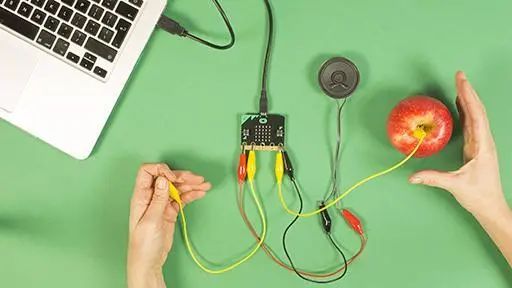
Bringing Virtual Reality to the Classroom
Build Your Own School (BYOS) is a technology club run by six Senior School students who are aiming to map out every aspect of SSIS virtually. These students explore the use of augmented reality (AR) and virtual reality (VR) technologies.
In the next academic year, our ICT team and this group of Senior School students will impart their AR/VR know-how to the rest of the Senior School body. “We are feeding the education loop in SSIS, only this time the kids are leading it,” explains Justin KILGORE, STEAM Coach.
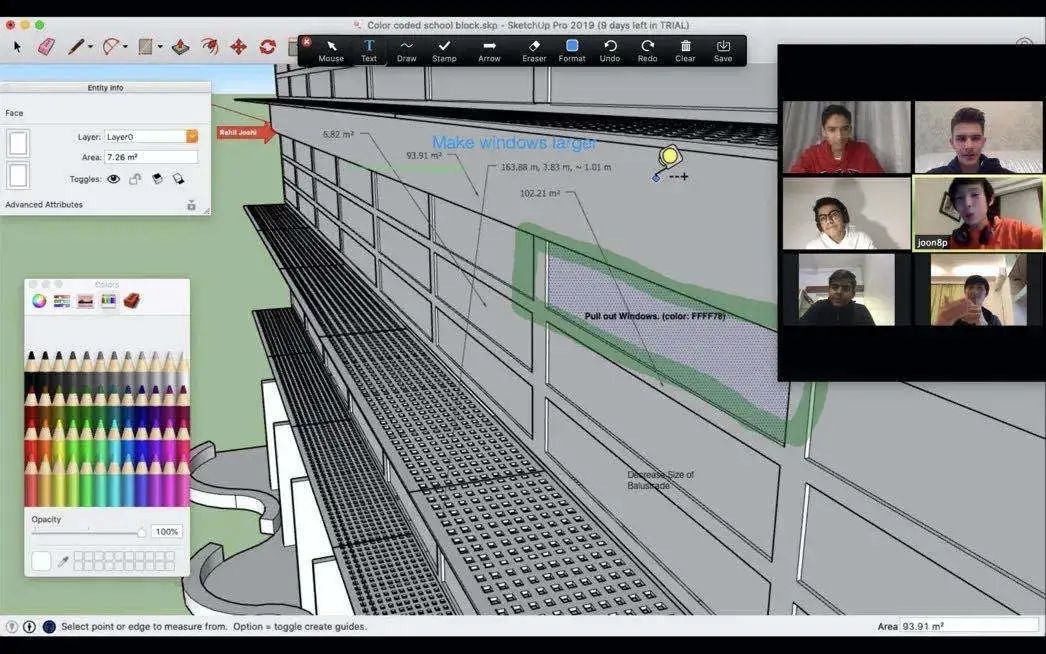
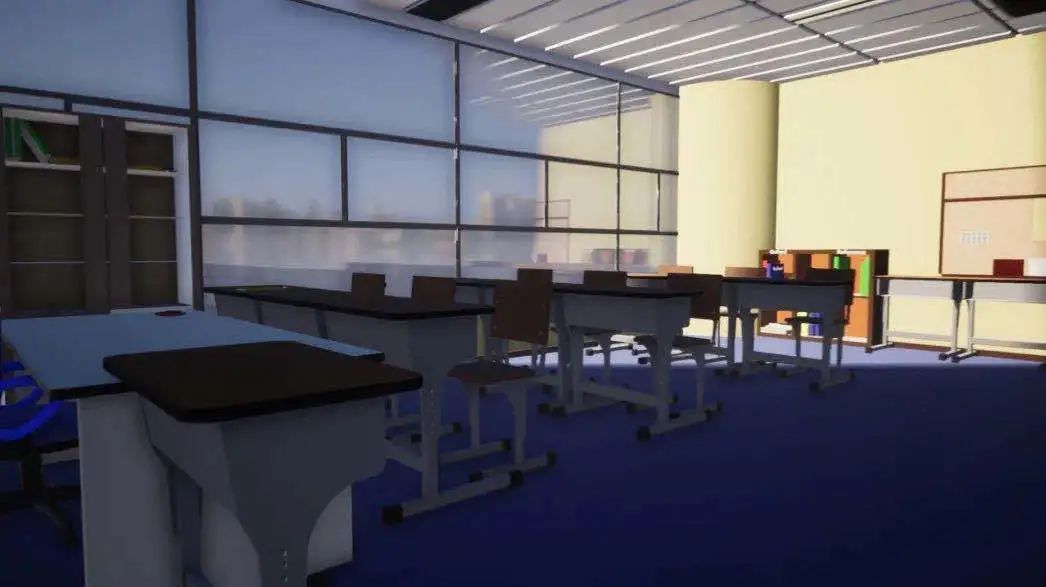
AR/VR represents a tremendous opportunity for innovation as there are tons of applications for it; as a teaching tool, it presents many new avenues. The use of AR/VR in lessons can make the process of explaining complicated concepts less challenging by adding an interactive audio-visual factor.
AR/VR affords a huge potential for cross-curricular integrations, and it gives students the possibilities of creating their own experiences. Students can interact with what they’ve learnt and can experience and engage with a multitude of physical phenomena, be it in Biology, History, Geography, Arts, Sports etc.

Justin KILGORE
STEAM Coach
I am excited about the direction STEAM is taking at SSIS. We have excelled at cross-curricular projects and now have our vision on cross-divisional collaborations. We are empowering students to move from consumers to creators, from followers to leaders, and from students to teachers. The aim is to build an ecosystem of learning and teaching, where we challenge traditional roles and students are actively engaged stakeholders.



